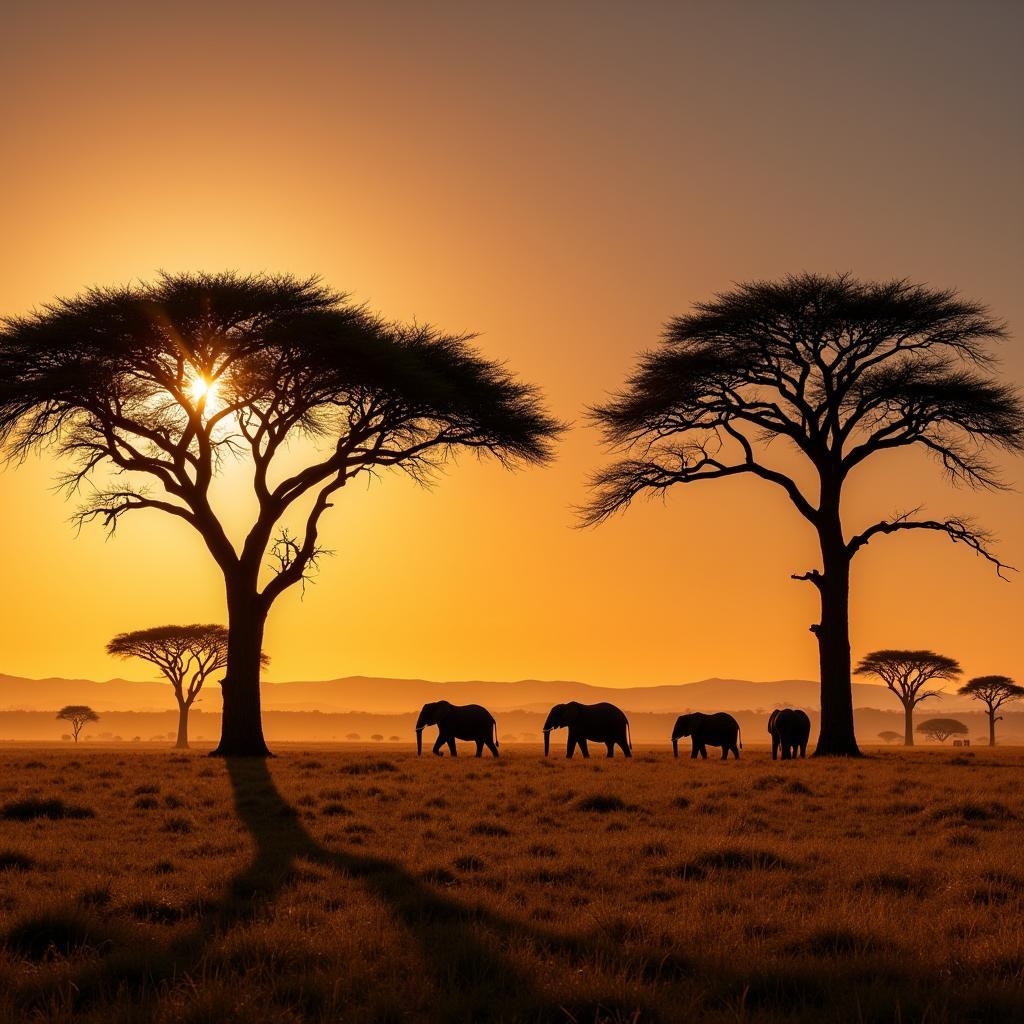Exploring the African Rift: A Journey Through Geology and Life
The African Rift, a colossal geological wonder, stretches thousands of kilometers across the eastern part of the continent, shaping landscapes and influencing life in remarkable ways. From volcanic peaks to deep lake basins, this dynamic region offers a glimpse into the Earth’s powerful forces and the biodiversity they foster.
The East African Rift is a complex system of interconnected rift valleys, formed by the gradual separation of tectonic plates. This ongoing process, which began millions of years ago, has created a unique environment characterized by volcanic activity, seismic activity, and the formation of dramatic landforms. The rift’s influence extends beyond geology, impacting climate, ecosystems, and human societies. Understanding the African Rift is key to understanding the dynamic forces shaping the African continent.
Unveiling the Geological Wonders of the African Rift
The African Rift Valley is not a single, continuous valley, but a series of interconnected basins and valleys. It’s divided into two main branches: the Eastern Rift Valley and the Western Rift Valley. The Eastern branch runs from Ethiopia southwards through Kenya and Tanzania, while the Western branch stretches along the western border of Tanzania, the Democratic Republic of Congo, and other countries. The rift’s formation is a slow but relentless process, with the plates continuing to drift apart at a rate of a few millimeters per year. This movement is responsible for the dramatic landscapes that characterize the region, including towering volcanoes like Mount Kilimanjaro and Mount Kenya, and deep lake basins like Lake Tanganyika and Lake Malawi.
The Biodiversity Hotspot of the African Rift
The unique geological conditions of the a large near African Rift Valley have created a biodiversity hotspot. The diverse habitats within the rift, from savannas to forests to lake ecosystems, support a remarkable array of plant and animal life. The rift lakes are particularly renowned for their incredible diversity of cichlid fish, a family of fish that has undergone rapid speciation in the isolated waters of these lakes. The rift valleys are also home to iconic African wildlife, including lions, elephants, giraffes, and numerous bird species.
“The African Rift is a living laboratory for evolutionary biologists,” explains Dr. Alana Moretti, a renowned biodiversity researcher. “The isolation of different parts of the rift has led to the evolution of unique species found nowhere else on Earth. It’s a testament to the power of geological forces to shape life.”
Human Interactions with the African Rift
The African Rift Valley has been a cradle of human evolution. Fossil discoveries within the rift have provided crucial insights into our origins and the development of early human societies. Today, the rift valley is home to a diverse range of human cultures, each with its own unique relationship to this dynamic landscape. The fertile volcanic soils support agriculture, while the rift’s resources, including geothermal energy and minerals, are increasingly important for economic development. However, the challenges of living in a geologically active region are also significant, including the risks of earthquakes and volcanic eruptions.
What is the future of the African Rift?
The African Rift is a dynamic region that continues to evolve. The ongoing separation of tectonic plates means that the rift will continue to widen and deepen over millions of years. This process will likely lead to the formation of new landforms, the evolution of new species, and further changes to the region’s climate and ecosystems. Understanding these ongoing processes is crucial for managing the rift’s resources sustainably and mitigating the risks posed by geological hazards.
“The future of the African Rift is inextricably linked to the future of the continent,” notes Dr. David Nkosi, a geographer specializing in the region. “Managing this unique environment sustainably will require a collaborative effort to balance economic development with conservation and disaster preparedness.”
The African Rift Valley map and the African country in Great Rift Valley highlight the vastness of this geographical feature. Equally fascinating are the African cichlids from the rift lakes, a testament to the region’s unique biodiversity.
The African Rift, a testament to the power of geological forces, shapes the continent’s landscape, biodiversity, and human history. Its ongoing evolution promises both opportunities and challenges for the future.
FAQ
- What causes the African Rift? The separation of tectonic plates.
- Where is the African Rift located? Primarily in Eastern Africa.
- What are some of the key features of the African Rift? Volcanoes, lakes, and unique biodiversity.
- How does the African Rift affect human populations? It provides resources and fertile land, but also poses geological hazards.
- Is the African Rift still changing? Yes, the plates are still moving apart.
- What animals live in the African Rift? A wide variety, including lions, elephants, and numerous bird and fish species.
- What is the significance of the African Rift for human evolution? Important fossil discoveries have been made in the region.
Common Scenarios & Questions
- Scenario: Planning a trip to see the African Rift. Question: What are the best places to visit?
- Scenario: Studying the geology of the African Rift. Question: What are the key geological processes at play?
- Scenario: Researching the biodiversity of the African Rift. Question: What are the most endangered species in the region?
Further Exploration
Consider researching the specific countries affected by the African Rift, the impact of climate change on the region, and the conservation efforts underway to protect its unique biodiversity.
Contact Us
For further assistance, please contact us at Phone: +255768904061, Email: kaka.mag@gmail.com or visit us at Mbarali DC Mawindi, Kangaga, Tanzania. We have a 24/7 customer service team.


